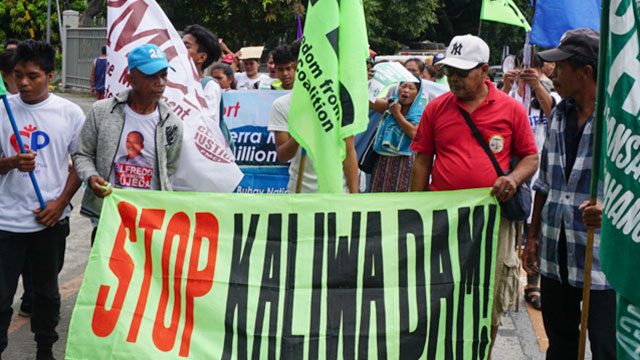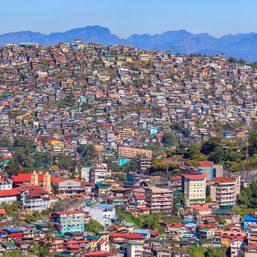SUMMARY
This is AI generated summarization, which may have errors. For context, always refer to the full article.

As China pushes forward with its global development project, the Belt and Road Initiative (BRI), some communities along its path were allegedly trampled and displaced.
A group of 8 organizations in 5 Asian countries, including the Philippines, have come together to co-produce the book Belt and Road through My Village, and appealed to China to hear the voices of communities affected by BRI projects.
“Only when these voices are heard, will social, environmental, political and financial risks be minimized, and will real benefits and welfare improvements be shared by all involved,” said Xiaojun Wang, executive director of the People of Asia for Climate Solutions.
Affected communities in Pakistan, Sri Lanka, Indonesia, Bangladesh, and the Philippines complained about unfair employment practices, social and environment impacts, and the lack of communication and transparency in relation to the projects. (READ: China’s Belt and Road Initiative: Plan for domination or strategy for crisis?)
Philippines: Kaliwa Dam
The P12.2-billion Kaliwa Dam project, to be built by the China Energy Engineering Corporation in Quezon and Rizal provinces, aims to address the increasing water demand of Metro Manila and nearby provinces by providing a new water source, but hundreds of indigenous people would be displaced in the process.
Father Pete Montallana, executive director of the Save Sierra Madre Network Alliance, said in a virtual press conference on Wednesday, October 28, that some of the areas where these people live will be submerged because of the dam.
“People do not understand that this Belt and Road initiative, which objectively wants to help people, is actually being a road that will pave the way for the extinction of this tribe,” Montallana said.
Indonesia: Jakarta-Bandung high speed rail
The $5.5-billion Jakarta-Bandung High Speed Rail project being built by China – the first project of its kind in Indonesia – will connect the capital Jakarta with Bandung, Indonesia’s second largest city.
Muhammad Reza, coordinator with the Koalisi Rakyat untuk Hak Atas Air (KruHA: People’s Coalition for the Right to Water), said that the infrastructure project has been blamed for flooding some Indonesian communities and contaminating the water sources of at least 6 villages in the Cikalong Wetan area.
The project has affected sround 124,000 villagers. KruHA found that some of those who have protested the land acquisition in connection with the construction of the railway were beaten up and arrested.
Bangladesh: Barisal coal power plant
The $540-million Barisal Coal Power Plant project of Bangladesh and Power China is being built on around 121 hectares of land. It has displaced 132 families who have since relocated to a lowland site prone to flooding.
Hasan Mehedi, chief executive of the Coastal Livelihood and Environmental Action Network, claimed some of the locals were allegedly tortured and beaten up.
Sri Lanka: Colombo Port City
The $15-billion Colombo Port City project of the China Harbor Engineering Corporation involves the reclamation of 269 hectares of land and the construction of the Colombo International Financial City on the coast of Sri Lanka’s capital.
Hemantha Withanage, executive director of the Centre for Environmental Justice, said that around 10,000 families who depend on fishing as their primary livelihood have been adversely affected by the land reclamation project, which has damaged nearby fishing grounds and has caused coastal erosion.
Pakistan: Sahiwal coal power plant
The $1.8-billion Sahiwal Coal Fired Power Plant was built by a consortium of Chinese companies on 690 hectares of fertile land, a chunk of which locals depended on for their livelihood. There are fears that the land had become infertile due to contaminated water and acid rain.
Locals have been complaining about lung, liver, and stomach-related diseases, among other ailments.
– Rappler.com
Add a comment
How does this make you feel?










There are no comments yet. Add your comment to start the conversation.